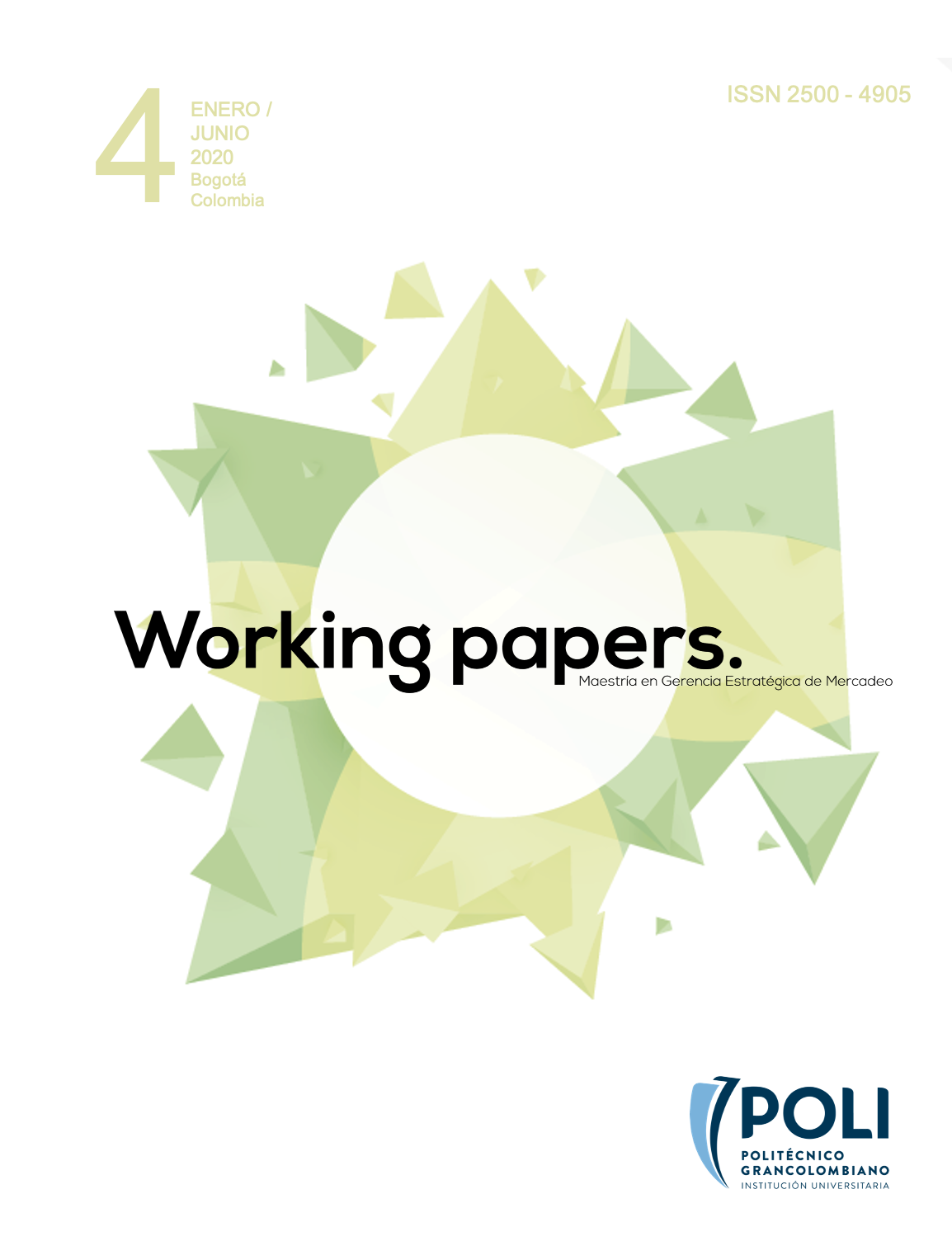Resumen
El incremento en el uso del smartphone y las apps móviles ha generado para las
marcas múltiples oportunidades de interacción con sus consumidores. En cuanto
al tiempo de uso, se destacan las apps de redes sociales y mensajería
instantánea, representando más del 50% del tiempo total de uso diario de los
smartphones. Para abordar este fenómeno, la investigación del consumidor se ha
enfocado principalmente en el proceso de adopción de estas soluciones móviles,
destacándose la aplicación del modelo de aceptación de la tecnología. Por otra
parte, se ha investigado la experiencia del usuario a través de la combinación de
técnicas como el customer journey mapping y el eye tracking. Esto ha permitido
explorar el proceso de compra de los usuarios en apps de comercio,
principalmente en categorías de vestuario y calzado. Otro hallazgo relevante para
las marcas consiste en las importantes diferencias que se han encontrado a nivel
de usabilidad y valor percibido entre la página web y la app móvil de un mismo
servicio. Se requiere entonces un minucioso estudio durante la fase de desarrollo
de la app, para adaptar el contenido, las herramientas y la usabilidad de acuerdo
al perfil y las expectativas del segmento de consumidores que se busca atraer.
Finalmente, el estudio de la adopción, uso y valor percibido por parte de los
consumidores con respecto a las apps móviles es un campo en pleno crecimiento,
con desarrollos constantes en múltiples categorías de servicios.
Referencias
App Annie. (2017). 2017 Retrospective: A Monumental Year for the App Economy. Retrieved July 1, 2020, from https://www.appannie.com/en/insights/market-data/app-annie-2017-retrospective/#:~:text=Today%2C we’re excited to,from the top regional markets
App Annie Intelligence. (2020). State of Mobile 2020. Retrieved from https://www.appannie.com/en/go/state-of-mobile-2020/
Comscore. (2020). Global State of Mobile. Retrieved from https://www.comscore.com/Insights/Presentations-and-Whitepapers/2019/Global-State-of-Mobile
Davis, F. D. (1989). Perceived usefulness, perceived ease of use, and user acceptance of information technology. MIS Quarterly, 13(3), 319–339.
Davis, F. D., Bagozzi, R. P., & Warshaw, P. R. (1989). User acceptance of computer technology: a comparison of two theoretical models. Management Science, 35(8), 982–1003.
Deloitte. (2019). Consumo móvil en Colombia. Bogotá. Retrieved from https://www2.deloitte.com/content/dam/Deloitte/co/Documents/consumer-business/Reporte consumo movil 2019.pdf
eMarketer Inc. (2019). Average Time Spent with Media in 2019 Has Plateaued. Retrieved June 18, 2020, from https://www.emarketer.com/content/us-time-spent-with-media-in-2019-has-plateaued-with-digital-making-up-losses-by-old-media
Fishbein, M., & Ajzen, I. (1975). Belief, Attitude, Intention, and Behavior: An Introduction to Theory and Research. Reading, MA: Addison-Wesley.
Forrester Research. (2018). Forrester Data: Mobile, Smartphone, And Tablet Forecast, 2017 To 2022. Retrieved from https://www.forrester.com/report/Forrester+Data+Mobile+Smartphone+And+Tablet+Forecast+2017+To+2022+Global/-/E-RES138971
GSM Association. (2017). The Mobile Economy Latin America and the Caribbean 2017. Retrieved from https://www.gsma.com/latinamerica/mobile-economy-latin-america-caribbean-2017/
Kuehnl, C., Jozic, D., & Homburg, C. (2019). Effective customer journey design: consumers’ conception, measurement, and consequences. Journal of the Academy of Marketing Science, 47(3), 551–568. https://doi.org/10.1007/s11747-018-00625-7
Lin, C.-H., & Chen, M. (2019). The icon matters: how design instability affects download intention of mobile apps under prevention and promotion motivations. Electronic Commerce Research, 19(1), 211–229. https://doi.org/10.1007/s10660-018-9297-8
Özçam, D. S., Kusçu, A., & Yozgat, U. (2015). Understanding mobile advertising acceptance: An integrative approach. International Journal of Mobile Communications, 13(4), 376–397. https://doi.org/10.1504/IJMC.2015.070061
Ramsay, M. (2000). WAP usability report.
Shankar, V., & Balasubramanian, S. (2009). Mobile Marketing: A Synthesis and Prognosis. Journal of Interactive Marketing, 23(2), 118–129. https://doi.org/10.1016/j.intmar.2009.02.002
Statista. (2020). Number of smartphone users worldwide from 2016 to 2021. Retrieved July 13, 2020, from https://www.statista.com/statistics/330695/number-of-smartphone-users-worldwide/
Sultan, F., Rohm, A. J., & Gao, T. (T. . (2009). Factors Influencing Consumer Acceptance of Mobile Marketing: A Two-Country Study of Youth Markets. Journal of Interactive Marketing, 23(4), 308–320. https://doi.org/10.1016/j.intmar.2009.07.003
Tupikovskaja-Omovie, Z., & Tyler, D. (2020). Clustering consumers’ shopping journeys: eye tracking fashion m-retail. Journal of Fashion Marketing and Management. https://doi.org/10.1108/JFMM-09-2019-0195
Venkatesh, V. (2000). Determinants of Perceived Ease of Use: Integrating Control, Intrinsic Motivation, and Emotion into the Technology Acceptance Model. Information Systems Research, 11(4), 342–365. https://doi.org/10.1287/isre.11.4.342.11872
Venkatesh, V., & Davis, F. D. (2000). A theoretical extension of the technology acceptance model: four longitudinal field studies. Management Science, 46(2), 186–204.

Working Papers by Institución Universitaria Politécnico Grancolombiano is licensed under a Creative Commons Reconocimiento-NoComercial-SinObraDerivada 3.0 Unported License.
Creado a partir de la obra en http://www.poligran.edu.co/wpmgem

